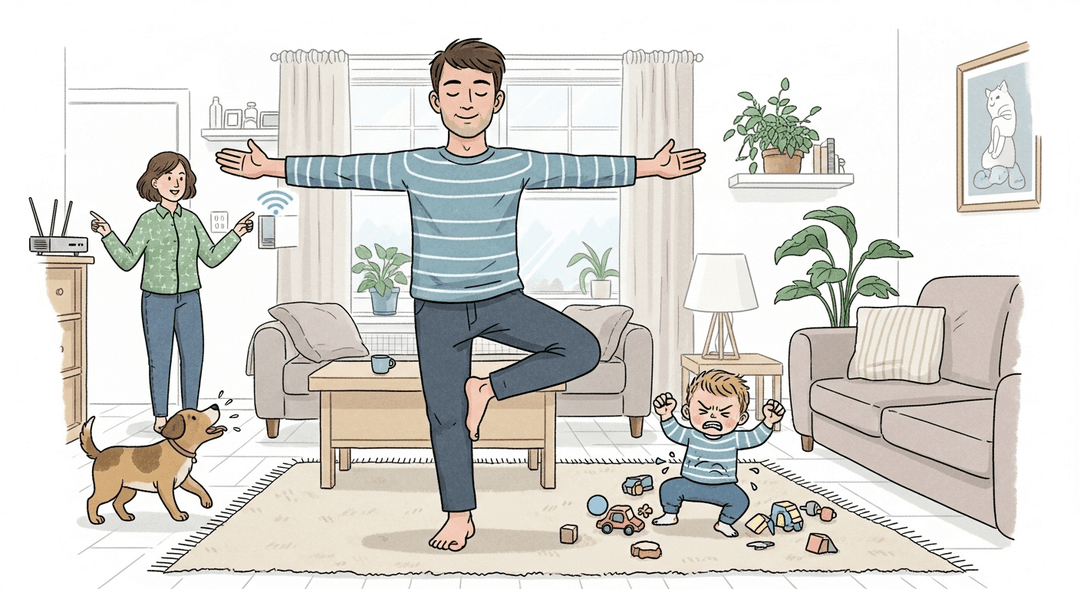Limit Exposure to Conflict and Stress at Home
Ever tried to hold a zen yoga pose in the middle of a toddler meltdown while the dog barks and your partner’s arguing with the Wi-Fi router? Yeah, me too. If your home sometimes feels like a reality TV reunion special, this one’s for you: let’s talk about dialing down the drama so your little one doesn’t think ‘stress ball’ is a personality type. Spoiler: you don’t have to become a monk—just a bit more like the chill parent you pretend to be at playdates.
Kids are basically little emotional sponges—except instead of cleaning up, they soak up every vibe in the room. Research shows calm environments help develop better self-regulation, lower anxiety, and even boost brain growth (hello, future Nobel laureate). For parents, less conflict means less guilt, more sleep, and a fighting chance at surviving the toddler years with your sanity mostly intact.
How to do it
-
Notice when tensions are rising. Pay attention to signs like a clenched jaw or someone using their “outside voice” indoors.
-
Agree with your partner to press pause. Literally say, “Let’s pause this for later.”
-
Step away and take a moment to breathe. If you need to vent, try texting your grievances to yourself—it's satisfying and comes with zero fallout.
-
After the kids are asleep, revisit the issue calmly. This is best done when everyone is relaxed—snacks can help!
-
If you do lose your temper, apologize in front of your child. Modeling repair is incredibly valuable.
Key tips:
- Recognize physical and verbal cues that tension is escalating.
- Use a clear, agreed-upon phrase to pause the conversation.
- Take time to cool off before returning to the discussion.
- Choose a calm, private moment to resolve conflicts.
- Show your child how to apologize and repair after conflict.
